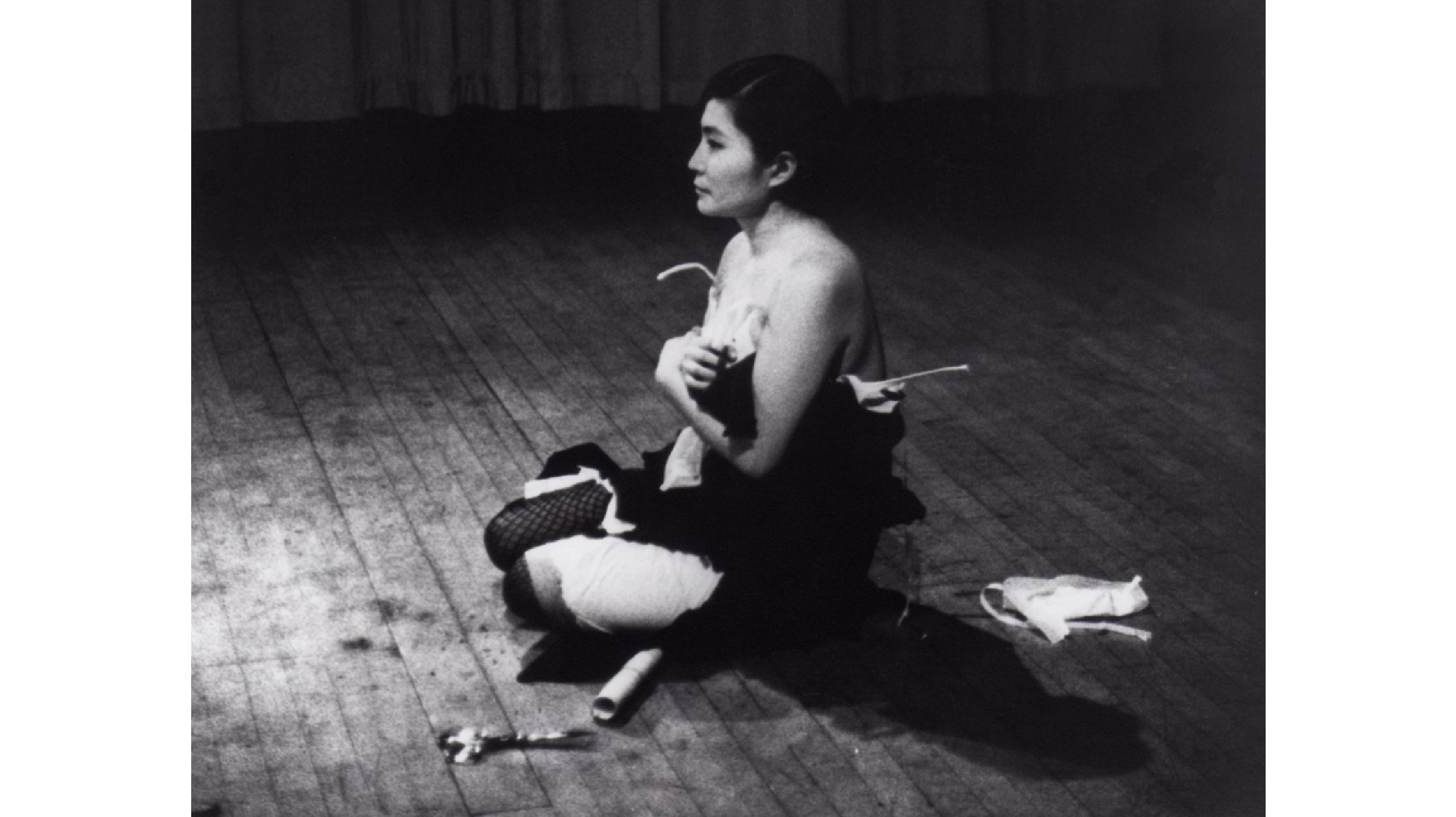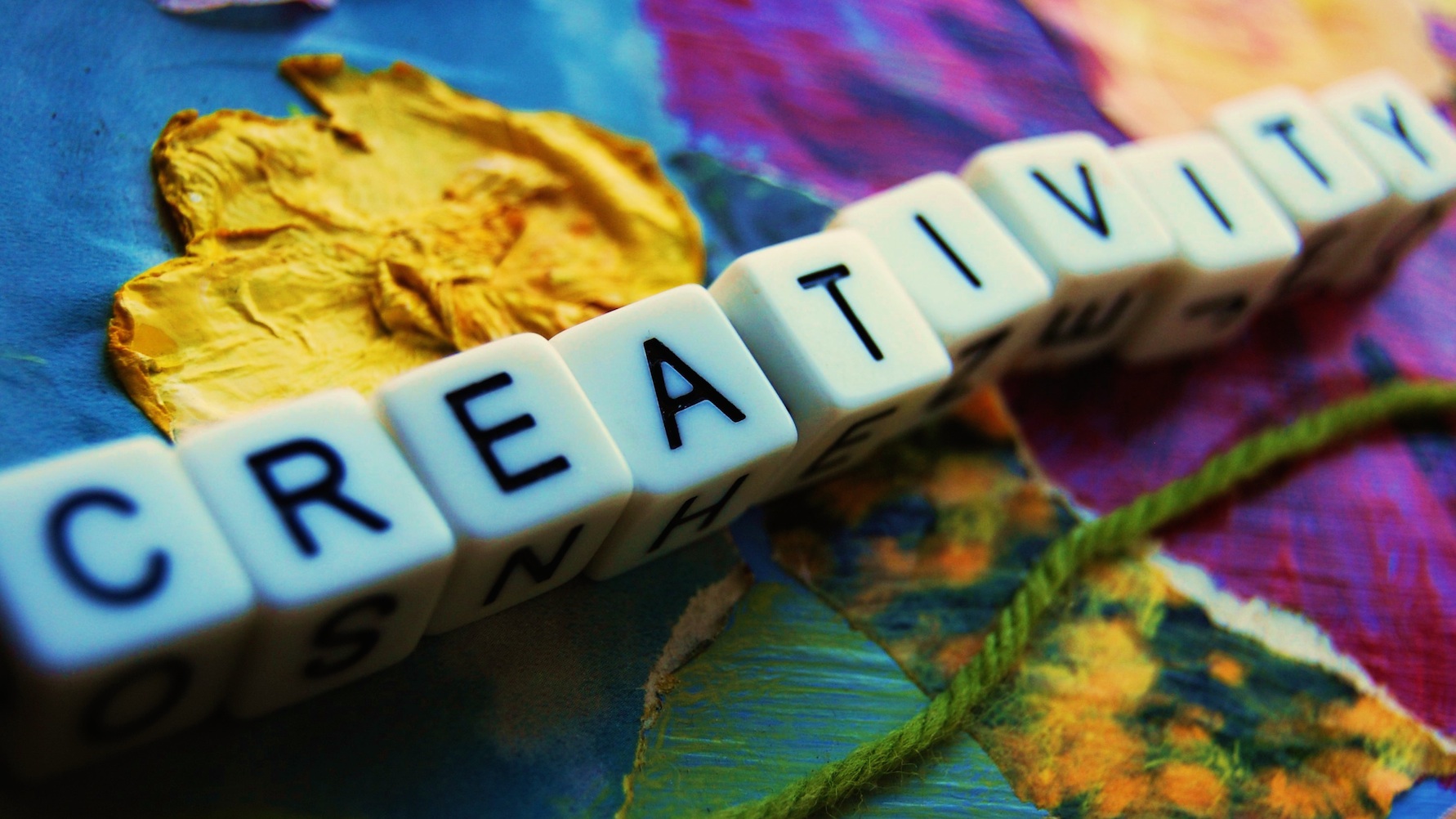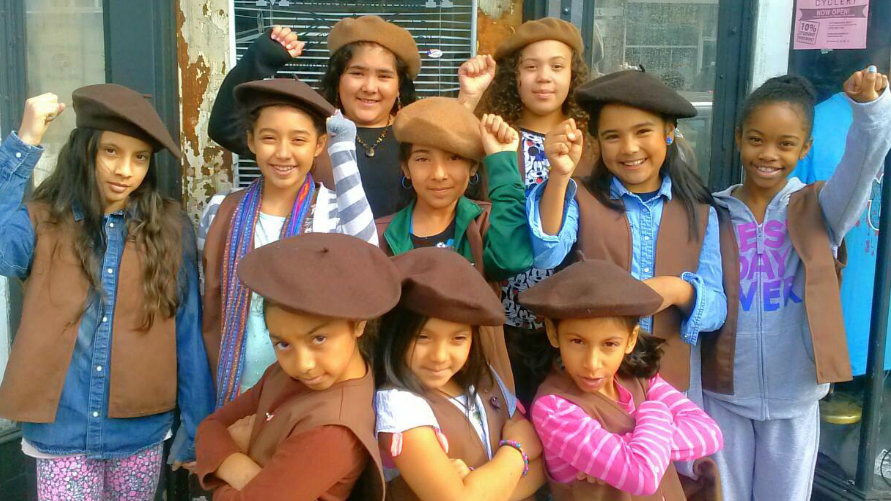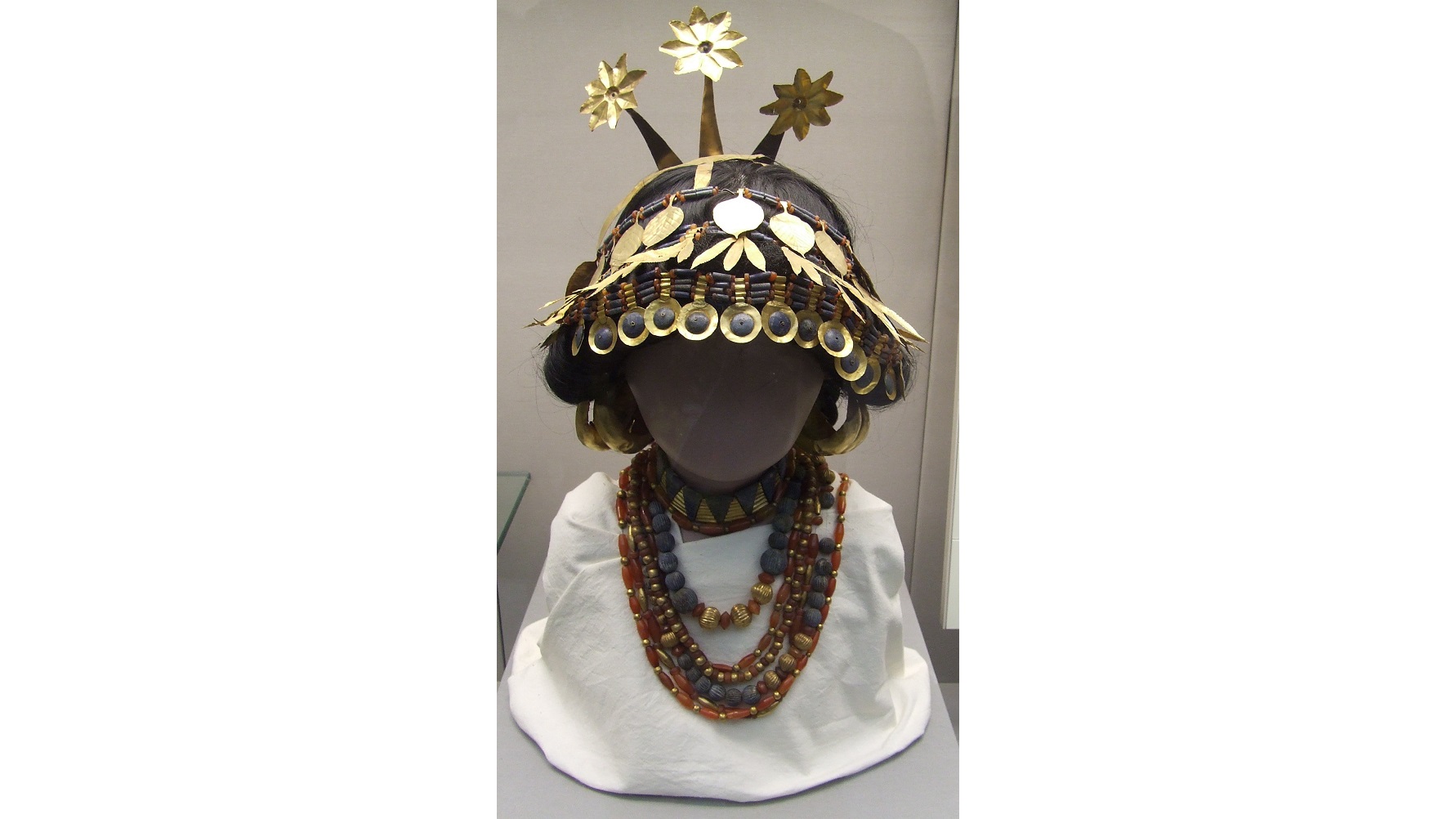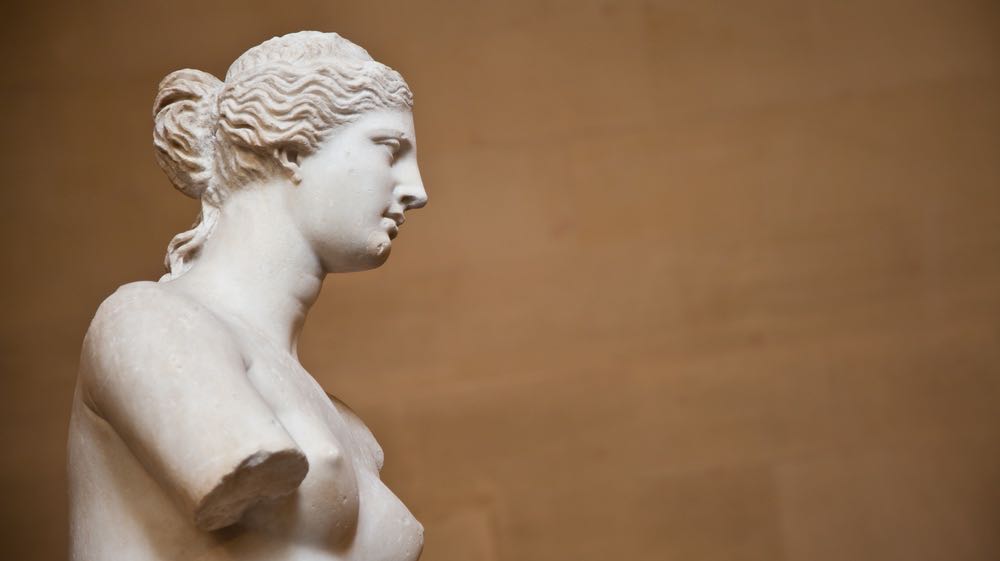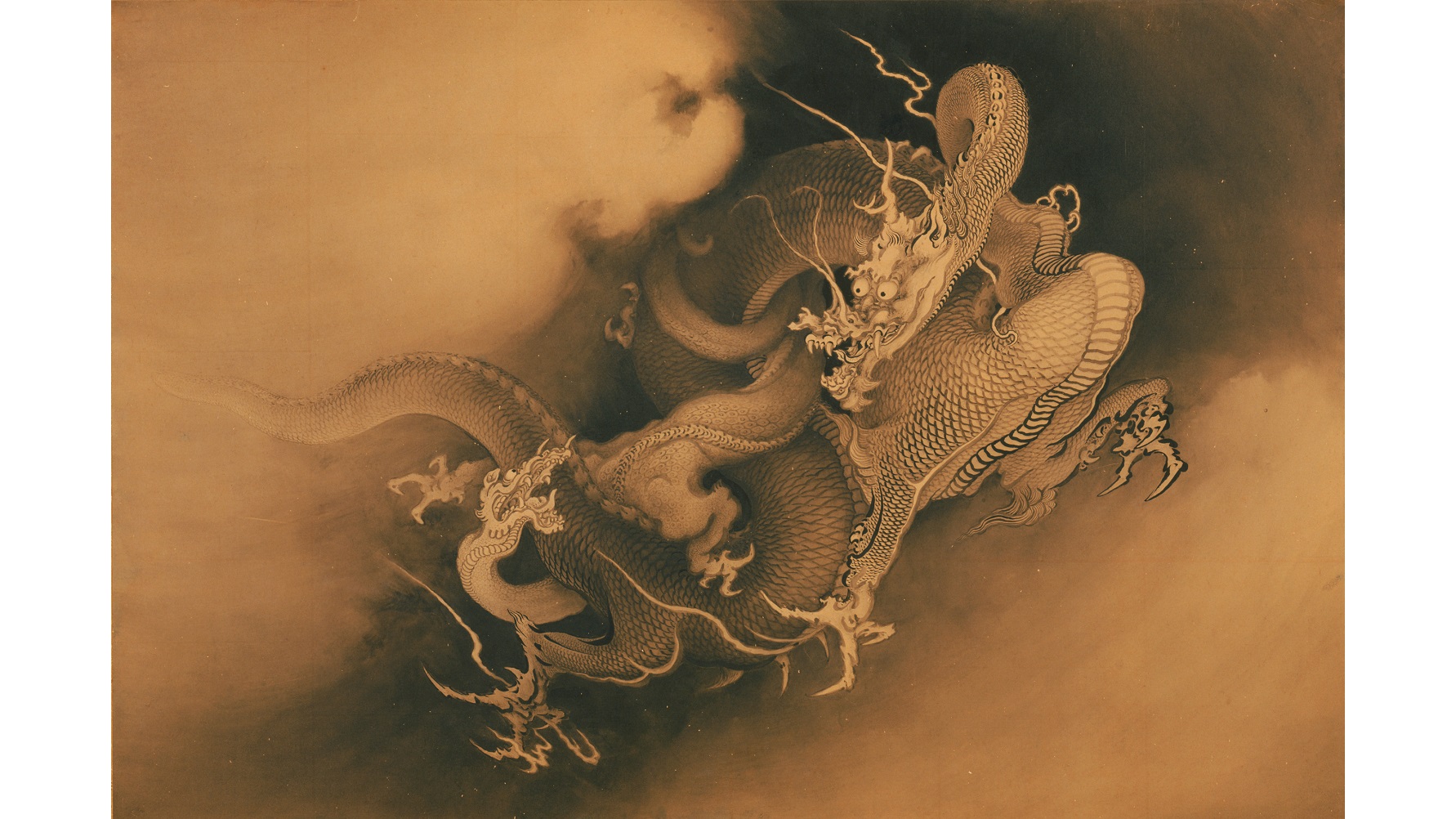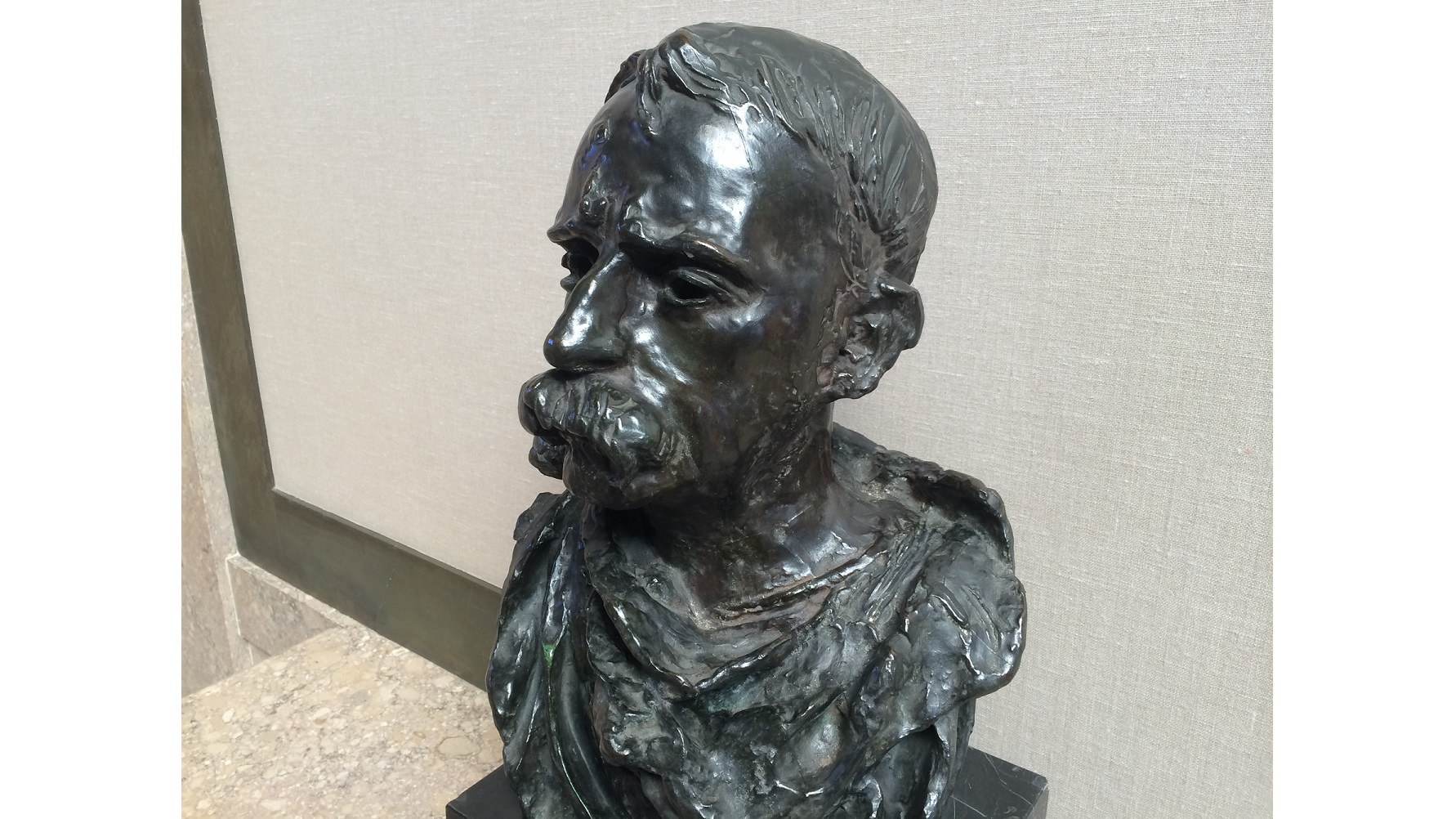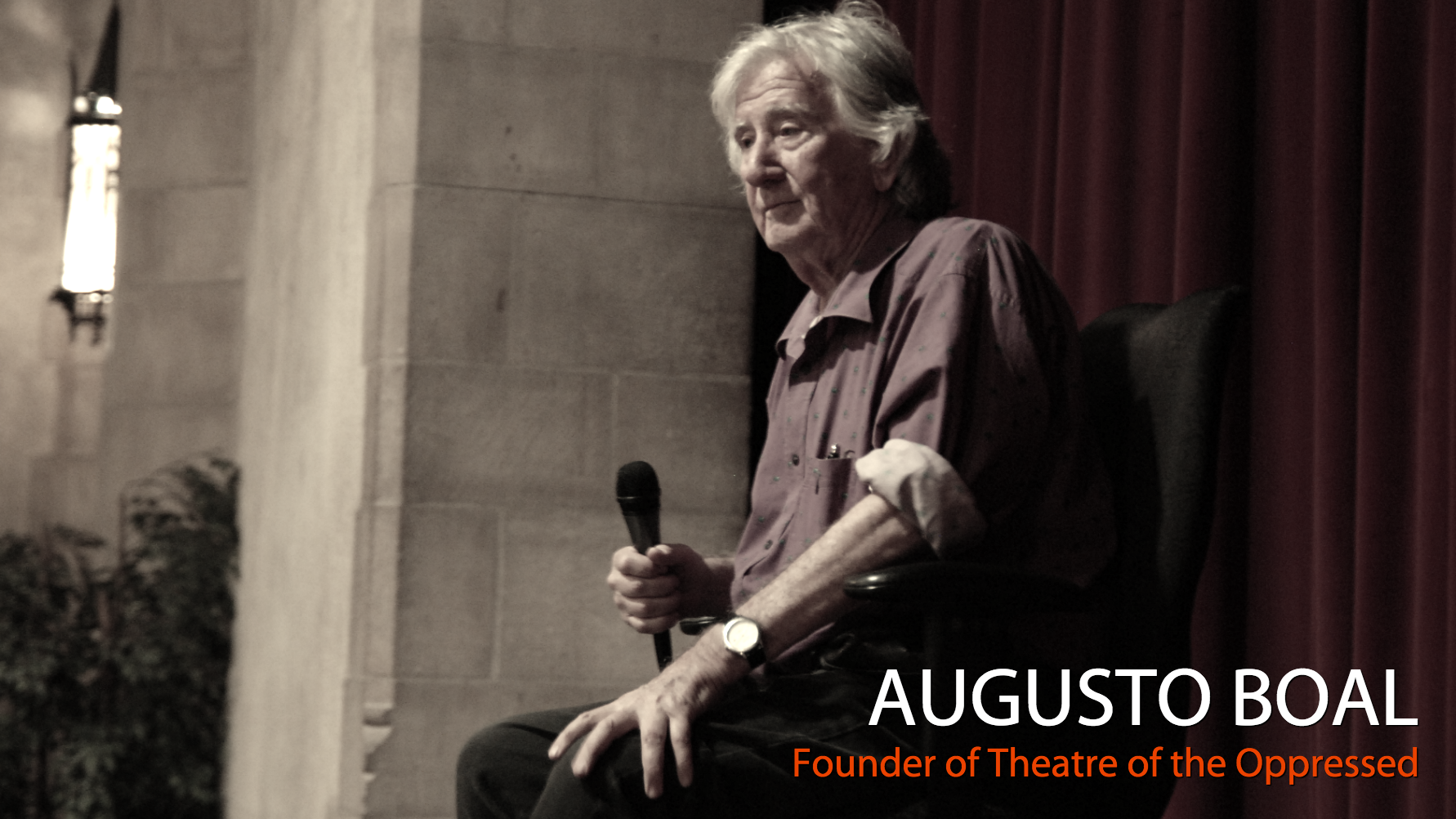John Lennon liked to joke that Yoko Ono was “the world’s most famous unknown artist.” Before she infamously “broke up the Beatles” (but not really), Ono built an internationally recognized career as an artist in the developing fields of Conceptual art, experimental film, and performance art. Unfairly famous then and now for all the wrong reasons, Ono’s long fought in her own humorously sly way for recognition, beginning with her self-staged 1971 “show” Museum of Modern (F)art, a performance piece in which she dreamed of a one-woman exhibition of her work at the Museum of Modern Art, New York. Now, more than 40 years later, the MoMA makes that dream come true with the exhibition Yoko Ono: One Woman Show, 1960–1971. Better late than never, this exhibition of the pre-Lennon and early-Lennon Ono establishes her not just as the world’s most famous unknown artist, but the most unfairly unknown one, too.
Search Results
You searched for: inspiration
A group of psychologists are trying to give order to the creative process, presenting an “integrative model of creativity that includes personality traits and cognitive processes.”
A new group unaffiliated with the Girl Scouts of America empowers young girls to advocate against racial inequality.
The American Freedom Defense Initiative (AFDI), an odious right-wing organization dedicated to spreading offensive messages about Muslims, won a federal court battle this week against the Metropolitan Transit Authority (MTA) […]
When British archaeologist Leonard Woolley discovered in December 1927 the tomb of Puabi, the queen/priestess of the Sumerian city of Ur during the First Dynasty of Ur more than 4,000 years ago, the story rivaled that of Howard Carter’s discovery of Tutankhamun’s tomb in Egypt just five years earlier. “Magnificent with jewels,” as Woolley described it, Puabi’s tomb contained the bodies of dozens of attendants killed to accompany her in the afterlife — the ideal material for a headline-grabbing PR campaign that momentarily shouldered Tut out of the spotlight. A new exhibit at New York’s The Institute for the Study of the Ancient World titled From Ancient to Modern: Archaeology and Aesthetics puts Puabi back in the spotlight to examine how archaeology and aesthetics intersected, transforming ancient art into modern and making modern art strive to be ancient.
Without a nuanced understanding of what it means to be authentic, we easily shirk the effort required to fully explore our range of personal and professional potential.
Healthy lifestyle changes are best done with a partner. For couples, a recent study has found that when one half of an unhealthy pair starts to make a change for the better, the other half was more likely to follow.
While many people believe sugar makes kids hyperactive, this theory has long been debunked by research. However researchers are only just beginning to understand the complex relationship between glucose and learning.
The hands of the iconic “Doomsday Clock” have been moved to read 3 minutes from midnight or doomsday. The last time the world was 3 minutes to midnight was during the Cold War in 1984.
What do British Romantic Era poets and video games have in common? The answer is Elegy for a Dead World, an unlikely game that leaves the players with “no game […]
Pope Francis’ remarks on climate change, that we must collectively account for our mistreatment of nature, has also weakened the GOP’s political narrative in which they appear as the party of God.
The takeaway is that to live a better life, one that is fuller and more richly human, we need not rely on having concrete reasons for our behavior but rather ideals which inspire our decisions.
Dr. Tom Povey is a professor of Engineering Science at Oxford University who designs cooling systems for jet engines. In the early 2000s, inspired by his love of the outdoors, […]
Well, that was an eye-opener.
Just because you intend to disrupt an industry doesn’t mean you have to alienate said industry’s leaders. In fact, making enemies will only hurt your company’s prospects.
Ever since American Commodore Matthew C. Perry sailed into Uraga Harbor near Edo (the earlier name for Tokyo) on July 8, 1853, ending the isolationist policy of sakoku and “opening” (willingly or not) Japan to the West, “the Land of the Rising Sun” and its culture have fascinated Westerners. Yet, despite this fascination, true understanding of that history remains elusive. A new exhibition at the Philadelphia Museum of Art, Ink and Gold: Art of the Kano builds a cultural bridge for Westerners to Japan’s heritage through the art of the “Kano School,” a family of painters to the powerful who influenced all of Japanese art from the 15th to the late 19th century. Combining the sumptuousness of golden artworks with the compelling story of their makers, Ink and Gold: Art of the Kano offers the key to unlocking the mystery of Japan through the art of the Kano.
Without this one piece of the puzzle, everything we know falls apart. “Is no one inspired by our present picture of the Universe? This value of science remains unsung by […]
Is it too complicated to squeeze helping others into your schedule? Be guilty no more. “Now, there is an app for that,” jokes Hans Jørgen Wiberg in his TEDxCopenhagen talk, […]
A British charity profiled this week by The Guardian takes an outside-the-box approach to helping patients in mental health wards.
A group of lawmakers have introduced bills in the South Carolina legislature that would require public schools to establish gun safety courses for students.
Florida-based startup Magic Leap has been the talk of the tech world ever since securing a major grant from Google. Now it’s hired a respected sci-fi author to help guide their work.
It’s common to dismiss the sorts of processes undertaken by the characters in CSI or House as the stuff of fantasy. MetaMed Research co-founder Michael Vassar argues that we’ve got that all wrong.
The murder of a dozen Charlie Hebdo employees in France by Islamic extremists brings back memories of the unrest surrounding Muhammad cartoons published in a Danish newspaper in 2005.
Far from using Islam as a mere facade for bloodlust the Islamic State’s interpretations of Koranic teachings are fundamental to its mission.
While looking at Jean-Antoine Houdon’s portrait bust of Voltaire in the Louvre, sculptor Auguste Rodin remarked, “To tell the truth, there is no artistic work that requires as much penetrating insight as the bust and the portrait. … Such a work is the equivalent of a biography.” On a separate occasion, Rodin stated, “The resemblance that [the artist] should achieve is that of the soul. Only this matters.” A new, full-scale reinstallation at the Rodin Museum in Philadelphia, Pennsylvania, focuses on Rodin putting those words into practice in his own portrait busts. Known for his large-scale, full-bodied works such as The Kiss, Rodin imbued an equal amount of passion into his symbolic, soulful portraits of friends, lovers, and the famous.
Scientists concluded that forty percent of our motivation to be proactive is derived from our genes and sixty percent is derived from environmental circumstances.
“I believe in democracy, but in real democracy, not a phony democracy in which just powerful people can speak. For me, in a democracy everyone speaks.”
Here’s how to put all of the wonders of the Universe at the tips of your fingers. Literally! “Once I knew only darkness and stillness… my life was without past […]
It may sound uncomfortable, but several self-studies show a little cold will help raise your metabolism and aid in weight loss.
Much of what we were taught in school about how to learn has been shown to be comparatively ineffective, so what actually works?
